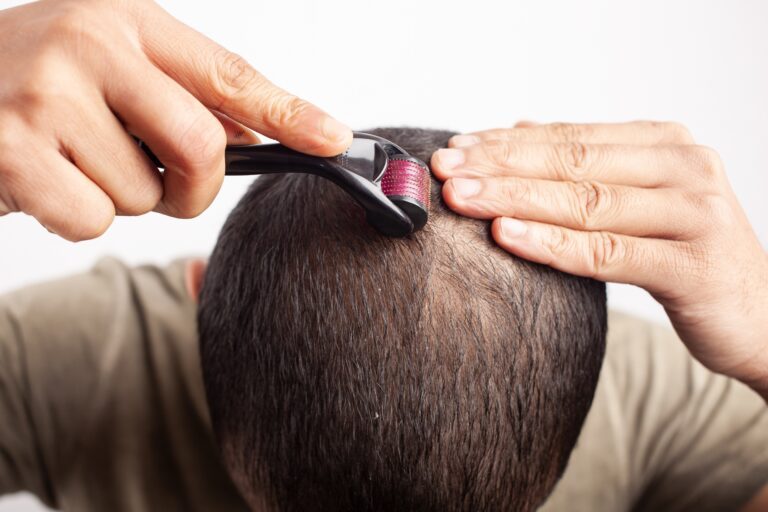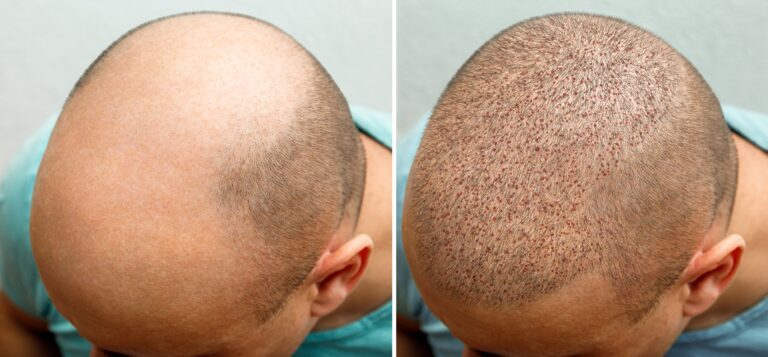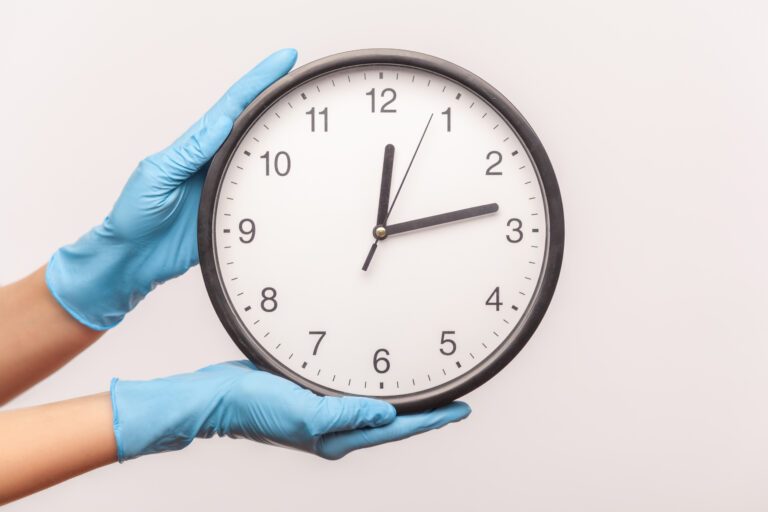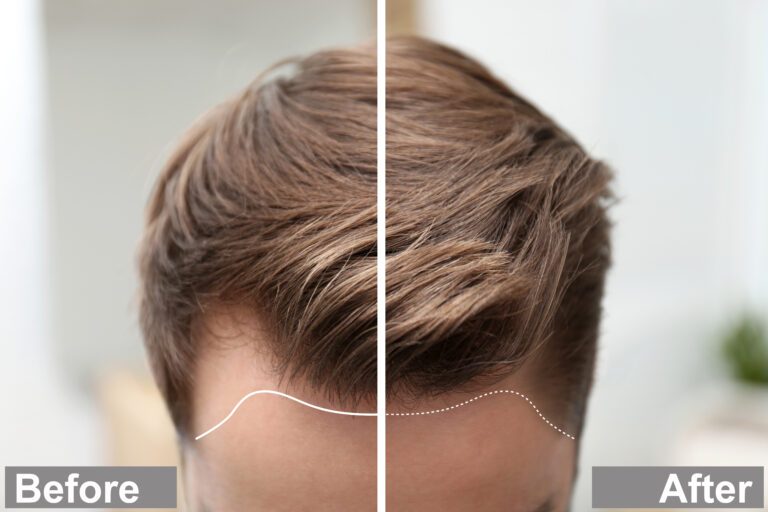Dutasteride Before and After: A Guide to Results and Timelines
Androgenic alopecia affects a large number of people of all ages. It’s an annoying issue for most, and hence, there is an ever-increasing need for finding proper treatments. Recently, doctors were able to use off-label medicines to address excessive hair fall.
Dutasteride is one of the promising treatments for male and female pattern hair loss. It’s not a magic drug though, and satisfactory results only appear after several months of consistent usage.
This guide explores what results can be expected for different forms of dutasteride for hair growth and how long they take. In short, it’s Dutasteride’s before and after timeline.
Like all treatments, it’s best to discuss this further with your doctor. Also, keep in mind that individual factors have a direct effect on how a person responds to treatment. So variations should be expected.
How Does Dutasteride Work?
Dutasteride is an off-label treatment for androgenic alopecia, which is commonly known as male pattern baldness, or male pattern hair loss.
Originally, the drug was used for benign prostatic hyperplasia. However, doctors noticed it was associated with remarkably positive improvements in decreasing hair loss. Some users said that their hair became thicker and healthier in patches where it was previously thinning.
Some people react to DHT in a peculiar manner. Once this substance reaches their hair follicles, the hairs become thinner and fall off as the follicles shrink and atrophy. Dutasteride acts to limit the conversion of testosterone into dihydrotestosterone (DHT).
Dutasteride is a 5𝞪 reductase inhibitor (5ARI), and an effective one at that. It blocks two types of the 5𝞪 reductase; isoforms I and II, at a 90% success rate. In comparison, similar drugs like Finasteride block isoform II only at a 70% efficacy.
How Long Does It Take for Dutasteride to Show Results?
Outcomes change from one individual to another depending on various factors like the severity and rapidity of hair loss, plus personal attributes like responsiveness to the treatment. The concentration of the medicine also plays an important part in how quickly users can expect to see results.
It generally takes a minimum of 3-6 months to discern real changes. That’s when hair loss stops and new hair starts to regrow. It’s worth noting that at this initial phase, some users experience a transitory period of extensive shedding.
By the end of the first year, the full effects of Dutasteride become noticeable. Patches of thin hair are often replaced by thicker healthier hair. Full coverage and restoration of hair density can be expected after around 24 months of consistent usage.
Most doctors recommend a continuous use of Dutasteride to maintain these outcomes. But users should know that the medicine is still being researched, and the FDA hasn’t yet approved it. Its long-term side effects aren’t fully documented to this date.
Efficacy of the Different Forms of Dutasteride
Dutasteride comes in two basic forms: oral and topical. Users often get recommendations of which type to use from their doctors, in addition to observing the initial stages of the application.
How users tolerate one form more than the other, and how they respond to it are the determining factors of which form works best. Naturally, personal preference plays a part as well.
Here are the main differences between each form.
Oral Dutasteride Capsules
Assuming that users get the same concentration of both forms, oral Dutasteride has a higher absorption and assimilation rate than topical Dutasteride. Another advantage is the convenience of swallowing a pill, as opposed to, applying a substance topically.
The initial response to the treatment is thus quicker. The drug reaches its destination at the hair follicles within a short time. Typically, it takes 6-12 months to show results.
The main downside of oral formulation is the side effects associated with the systemic spread of the drug. This includes decreased libido, erectile dysfunction, and breast enlargement.
Topical Dutasteride
Topical Dutasteride targets the specific parts in need of treatment, which provides more focused treatment. The superficial application of Dutasteride might take longer to reach the hair follicles compared to the oral form.
Then again, the overall time needed to see results is easily comparable to oral Dutasteride, which is 6-12 months.
The main advantage of using topical Dutasteride is that it has fewer side effects than the oral form. On the other hand, it needs more preparation than the capsule, might require more frequent intake, and could cause rashes or skin irritation for some users.
Dutasteride Before and After Results Timeline
At the outset of Dutasteride treatment, some people notice that their hair fall is accelerating, which drives some people away from that medicine. It’s actually a good sign that the hair follicles are responding to the drug, and the next phases typically show noticeable improvement.
It’s best then to get an overarching view of what happens in each stage and an approximate time frame of when changes should be expected. .
Using Dutasteride for 1-3 Months
- The hair regrowth cycle resets and many users might experience a “dut shed”
- It’s not likely to see signs of regrowth at this stage
Using Dutasteride for 3-6 Months
- Many users notice that their hair stopped falling
- The “dut shed” subsides
- Slight improvement in hair density and thickness
- Substantial regrowth may be expected at this stage
Using Dutasteride One Year and Beyond
- Significant improvement in hair density and thickness
- Many users see a significant increase in coverage
- New hair growth can be noticeable in previously bald spots
- By the end of the second year of usage, most users report satisfaction with the treatment
Factors Affecting Dutasteride Before and After Results
Everybody wants to see immediate results for their hair treatments, and of course, that includes a complete reversal of their hair loss condition. This is rather idealistic though, and users need to manage their expectations.
The abovementioned timelines often apply to most users. However, several factors could cause variations in response time and resulting coverage. Here are some of them:
- Age
- Severity of hair loss
- Genetics
- Hormonal changes
- Length of time before getting treatment
- Other individual factors
In Conclusion
Hair growth follows a cycle that differs slightly for each individual. In some people, hormonal changes, stress, and genetic factors could disrupt that 4-stage sequence. Add to that an increased sensitivity to a hormone derived from testosterone; DHT, and a person’s hair starts thinning.
Dutasteride is a promising treatment that works by blocking the conversion of testosterone into DHT. taking Dutasteride regularly for 12-24 months often gives satisfactory results.
It still needs extensive research, especially, of its long-term effects. Users, especially females of childbearing age should be aware of these side effects. So far, it’s recommended as an effective drug for reversing hair fall.







